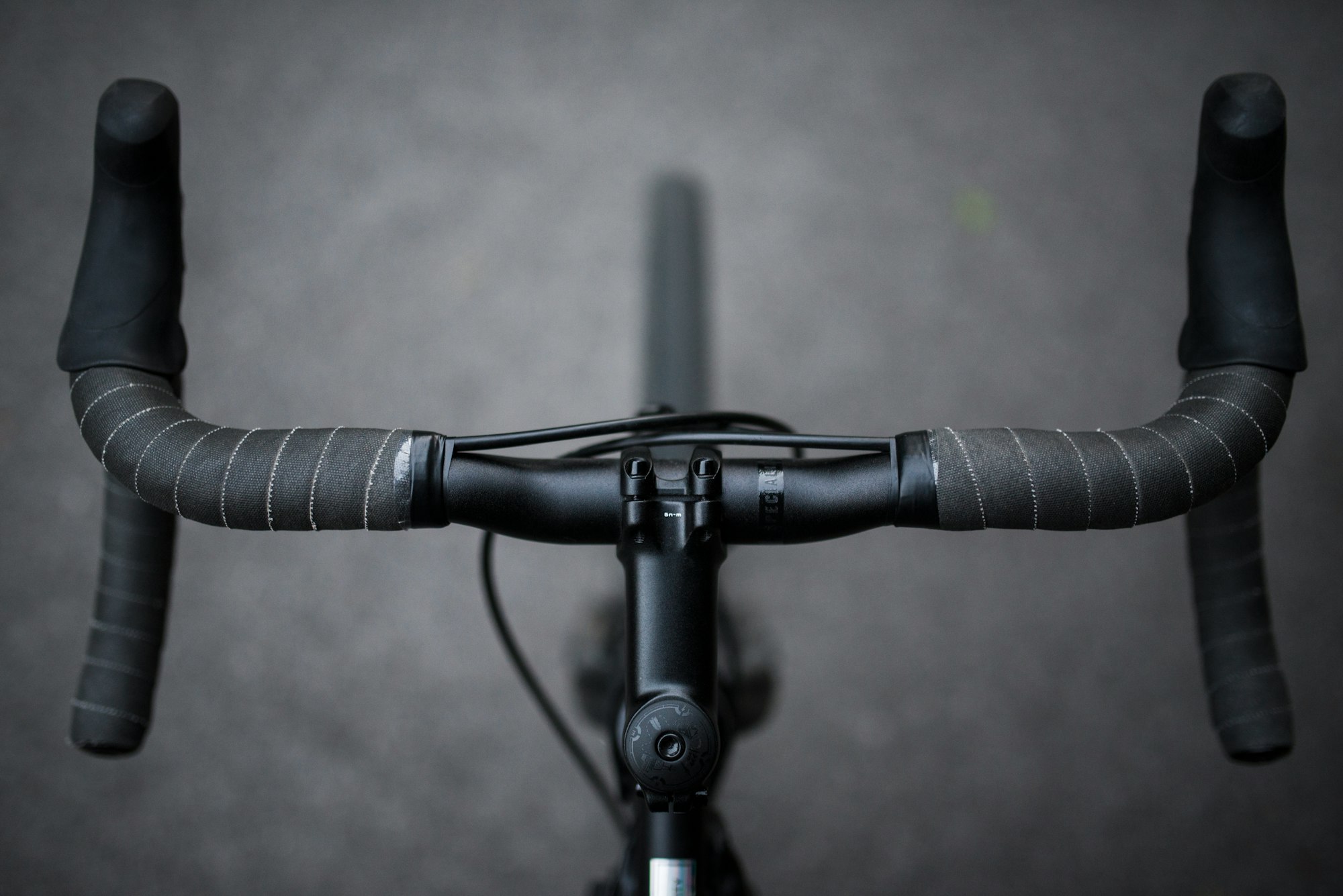Recovery, ah relaxation, a few days in bed binging your favourite Netflix show. That’s likely what you first imagine when hearing “recovery.” We associate recovery with such passivity, so much so that resting recovery sounds redundant and active recovery sounds like an oxymoron.
Recovery does not mean taking a break from physical activity. Physical activity produces infinite health benefits. These benefits include, but are not exclusive to, increasing the quality of your life through its ability to improve your cardiovascular health and enhancing your mental wellbeing. Resting recovery too often is the assumed form of recovery individuals start their rehabilitation journey off with. Resting recovery is based in sedentary behaviour, not improving an individual's health. Yes, rest is important, and you should make sure you are able to safely perform physical activity. But, resting recovery does not facilitate optimal injury rehabilitation. Active recovery provides multiple recovery benefits that resting recovery cannot produce. Let’s talk about active recovery, sounds like hard work huh? Well it is. But it’s worth it!
What is active recovery?
Active recovery is any low intensity movement, increasing blood flow to muscles, repairing damaged cells, and removing waste products from cells that leave you feeling sore and fatigued. Active recovery is not a “pedal to the medal” workout, it’s low intensity aims to help the body through the trauma it has previously experienced. It is important that this recovery is performed intentionally, ensuring activity is not performed at your normal training level. Research has indicated that active recovery can reduce muscle fatigue [1], decrease inflammation [2], and improve performance.[3] These combined factors produce high quality rehabilitation. The process of active recovery focuses on ensuring that you can perform at your optimal performance level while continually improving your overall health.
When should you actively recover?
Active recovery should be implemented into your rehabilitation journey. Following an injury it is important to actively recover during this period of reduced physical activity to ensure that optimal performance is once again achieved. Following injury, too often people assume they need to assume a sedentary state to recover. Active recovery is a process of low load movements, making it safe to perform following injury. The health benefits associated with active recovery facilitate rehabilitation that allows you to achieve high performance. Active recovery focuses on adaptable movements at a low intensity, ensuring a high level of inclusivity to people of all movement abilities during injury recovery.
Why is active recovery important?
Your rehabilitation journey is not going to be a walk in the park, it will likely feel more like you’re climbing Mt. Everest in the middle of a storm. Physical rehabilitation produces a buildup of lactic acid, contributing to the feeling of stiffness and discomfort you experience following physical activity. By engaging in active recovery following days of physical activity, your body is able to reduce the lactic acid build up. This therefore leaves you in a better physical state. Further, participation in physical activity during recovery contributed to the decreased risk of other health problems.[4]
How to do active recovery
It is important to incorporate active recovery into your rehabilitation journey. Active recovery days should generally follow days of hard and strenuous physical rehabilitation. These days serve as a form of balance, helping your body restore its strength during your recovery. Active recovery should elevate your heart rate, promoting additional blood flow to your sore, stiff, and injured areas. So, you may be asking yourself, what does active recovery include?
- Mobility Exercises: Moving through different ranges of motion, avoiding holding (stretching). Examples of mobility exercises can include flow yoga, moving through the poses, without taking breaks.
- Interval Training: Conduct physical activity movements in patterns, taking time in between each activity, such as a lunge, to take a resting break. This light session can help increase your overall work capacity, while increasing your strength.
- Light Physical Activity: A physical activity that requires more activity than passive rest but less than a workout. An example of a light physical activity may include swimming, serving a light form of resistance training. An additional benefit of swimming is it is very easy on the joints, and provides cardio and strength benefits.
- Cycling: Sitting down on a stationary or outdoor bike is a great way to gently increase cardio. This form of recovery is helpful to loosen your lower body joints.
- Walking: One of the simplest ways to be active, while it may not feel like the most active activity, getting out for a walk can make the difference. This activity, like the others, gets your blood pumping. If you want to make your walk more challenging, try walking up a series of stairs or a hill.
It is important to note, that following surgery your doctor or physical therapist should be consulted to determine when it is safe to engage in active recovery. Active recovery should be a progressive process, slowly progressing in relation to strength development.
When should you rest?
Rest should be taken in accordance with your body and what you are capable of doing. You need to listen to your body to know when it needs time off. You know your body best. While it is important to challenge yourself, you do not want to overly fatigue yourself or cause further injury. Over the course of your rehabilitation journey the amount of rest your change is going to vary. It may be helpful to consult your doctor or physical therapist with any concerns you have. You can also apply ice during your recovery. For information about how icing contributes to recovery, check out the blog.
Conclusion
Active recovery should be implemented into your rehabilitation journey! After an injury it is important to actively recover, as active recovery provides multiple recovery benefits that resting recovery cannot produce.
Looking for more information about recovery after an injury? Check out Curovate! Curovate is a rehabilitation app designed for knee replacement, hip replacement and ACL injury. With step by step videos, progress tracking and the ability to measure your range of motion, Curovate lets you start your recovery at home to get back to the things you love! We've also written a great blog about the stage in the Curovate app you should start your recovery!
If you need further customized assistance during your surgery or injury recovery check out our Virtual Physical Therapy page to book your 1-on-1 video session with a physical therapist.
 |
 |
|---|
Other recommended blogs
- How to measure knee range of motion using Curovate
- How to make your exercises more enjoyable
- How to do your exercises for rehabilitation using home equipment
References
1. Mika A, Oleksy Ł, Kielnar R, et al. Comparison of Two Different Modes of Active Recovery on Muscles Performance after Fatiguing Exercise in Mountain Canoeist and Football Players. PLoS One. 2016;11(10):e0164216. Published 2016 Oct 5. doi:10.1371/journal.pone.0164216
2. Peake JM, Roberts LA, Figueiredo VC, et al. The effects of cold water immersion and active recovery on inflammation and cell stress responses in human skeletal muscle after resistance exercise. J Physiol. 2017;595(3):695–711. doi:10.1113/JP272881
3. Ortiz R, Elder AS, Elder C et al. A systematic review on the effectiveness of active recovery interventions on athletic performance of professional-, collegiate-, and competitive-level adult athletes. J Strength Cond Res. 2019 Aug; 33(8):2275-2287. doi: 10.1519/JSC.0000000000002589.
4. Finch CF, Owen N. Injury prevention and the promotion of physical activity: What is the nexus? Journal of Science and Medicine in Sport. 2001;4(1):77-87. doi:10.1016/s1440-2440(01)80010-4.







